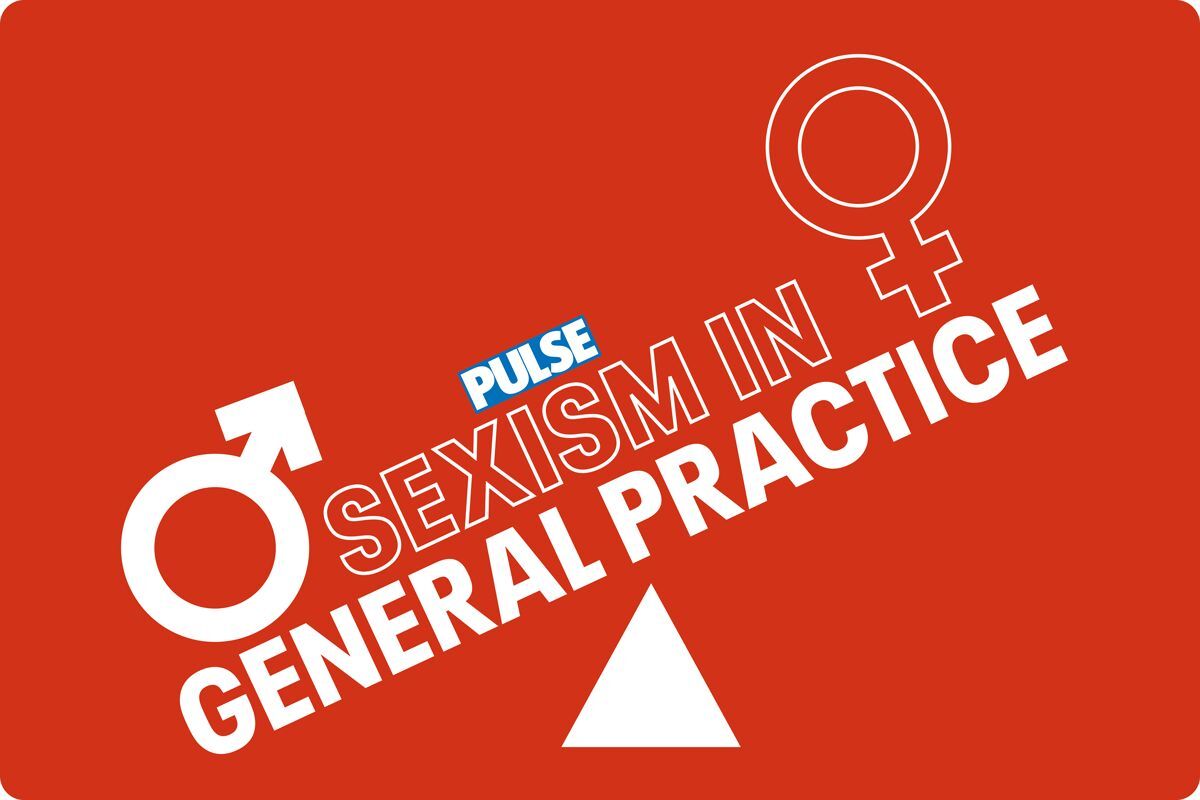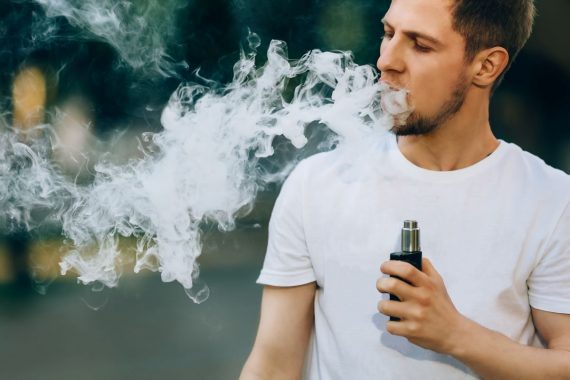Use of vapes in teenagers and young adults is associated with an increased risk of wheeze, bronchitic symptoms and shortness of breath, a US study has concluded.
The findings from a series of surveys, which began when participants were school pupils, remained when researchers controlled for smoking and second-hand smoke.
More than 2000 Californian students with an average age of 17 completed a survey on their use of tobacco products and e-cigarettes and respiratory symptoms in 2014 with further information collected in 2015, 2017 and 2018.
Bronchitic symptoms – defined as a daily cough for 3 months in a row, bronchitis in the previous 12 months, or congestion or phlegm without having a cold – was commonly reported at each wave of the survey: 19.5%, 22.5%, 23.5% and 26%, respectively.
And vaping in the past 30 days increased around 12% in the first three waves to 15.5% by 2018.
Wheeze was 81% more likely among recent e-cigarette users than among never users with shortness of breath being 78% more likely.
Bronchitic symptoms were twice as likely, after accounting for survey wave, age, sex, race and parental education.
Adjusting for concurrent use of cigarettes, cannabis and secondhand exposure to e-cigarettes, cigarettes, and/or cannabis slightly weakened all the observed associations, but the findings remained statistically significant for everything except wheeze, the researchers reported in Thorax.
Associations also persisted when lifetime history of asthma as reported at the first survey was taken into account, the researchers said.
But vaping frequency or type of vaping was not looked at which may have influenced the respiratory effects reported, they noted
‘This study contributes to emerging evidence from human and toxicological studies that e-cigarettes cause respiratory symptoms that warrant consideration in regulation of e-cigarettes.
‘It suggests that regulatory assessments of the population health cost underestimate the effects of late adolescent and young adult e-cigarette, cannabis and tobacco product use, they concluded.
More children aged 11-15 are now vaping and using e-cigarettes than in previous years, despite a fall in the number of children drinking, smoking cigarettes and taking drugs, official figures show.
Earlier this year, the Government announced that one million smokers in England would be encouraged to swap cigarettes for vaping with a free ‘vape starter kit’.
Jon Foster, Policy Manager at Asthma + Lung UK, pointed out that regulations on the amount of nicotine and the chemicals used in vapes are much tighter in the UK than the US, so more research would be needed to see if the results were replicated.
‘However, given that we still know little about long-term effects, the growing popularity of vaping among children and young people is concerning.
‘Much stronger action is needed from the government, especially to prevent under-18s accessing vapes. Our advice is that only those who smoke and are looking to give up tobacco should use vapes, as they are known to be an effective way to quit.’
Dr Lion Shahab, Professor of Health Psychology, University College London, said the study had some limitations but the results highlight the need to continue monitoring the health effects of e-cigarette use.
‘The paper does highlight the need for further studies to confirm these results. Ideally, such a study would compare the dose-response effects of e-cigarette use in a population of never smokers on respiratory symptoms, controlling for a wider range of variables to avoid the risk of unmeasured and residual confounding obscuring the true impact of e-cigarette use on lung function.’


















READERS' COMMENTS [1]
Please note, only GPs are permitted to add comments to articles
google EVALI.
this is well documented.